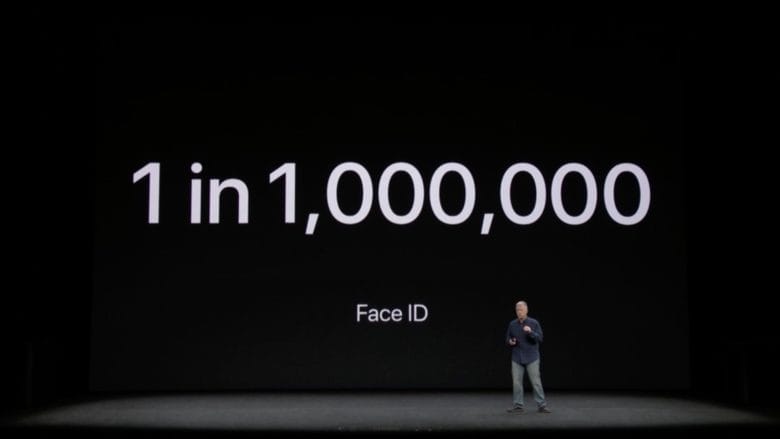There have already been multiple reports of close family members being able to successfully unlock each other’s iPhone X using Face ID.
After publishing a story yesterday on a kid who managed to unlock his mom’s handset, however, we heard from another pair of individuals. The difference? That this time they are not mother and son, or siblings, but “very distant” third cousins. (Although it’s still not an issue you should worry about.)
Check out the video below.
“I have also come across this issue,” Charlie Zervos told Cult of Mac in an email. “I can unlock my cousin’s iPhone X and he can unlock my one.”
Zervos said that he and his cousin are third cousins, meaning that they share at least one set of great-great-grandparents. However, he acknowledged that, “we do have similar features.”
This case is reminiscent of a recent pair of brothers in Russia, who claim that they were able to get an iPhone X to recognize both of them as the same person, after training the Face ID system to do so.
As Zervos told us, “I found it initially doesn’t accept [my cousin’s] face, but once he types in my pin just one time it continually allows him access to the phone, via Face ID.”
So why isn’t this something to be worried about? As I wrote about the previous Russian case:
“In the event that Face ID does not recognize an individual, it asks them to enter their passcode. However, rather than the passcode simply circumventing Face ID to unlock the device, the iPhone X apparently assumes the person unlocking the phone is the owner. The iPhone X’s sensors apparently capture the user’s face, using the new data as a correction signal for the neural network that powers Face ID.
This continual adaptation is a feature, not a bug: Unlike a fixed biometric feature such as a fingerprint, a person’s face can change on a daily basis. Updating the Face ID models means iPhone X can identify its owner if they’re wearing sunglasses, have grown a beard, etc.”
In this specific case, Face ID wasn’t — as Zervos notes — initially confused by the difference between them. It was only after they had trained it to recognize them both as one person that it started to make this error. Also worth noting is the fact that both cousins seemingly had access to the other’s pincode.
People who have managed to circumvent Face ID have sometimes pointed that it can sometimes relate to the quality of the conditions when you set it up. If you find that a family member can access your Face ID, try re-registering your Face ID under different conditions and see if it works.
But until you hear reports of thieves accessing similar looking folk’s iPhone X via Face ID, this isn’t something to get too concerned about.
Have you had any interesting experiences with Face ID so far? Let us know in the comments below.


